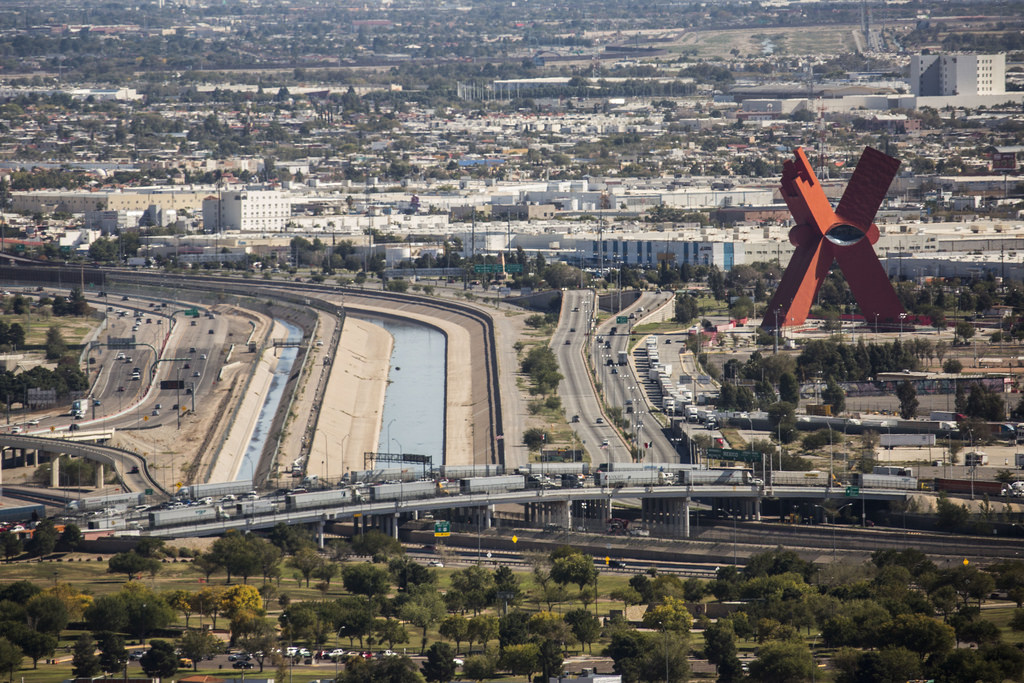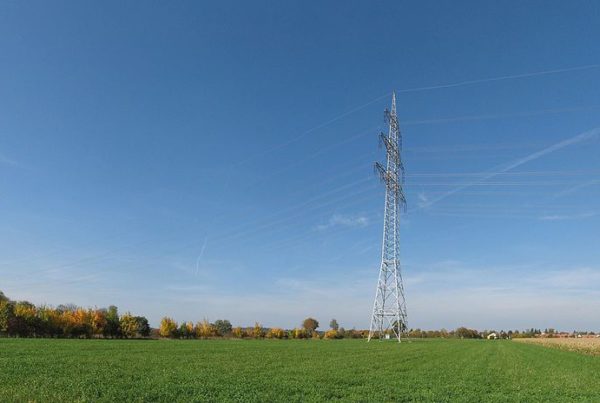Apprehensions of migrants at the border continue to surge beyond levels of this time, last year. Border Patrol officials in El Paso recently told Texas Monthly they’ve been taking almost 600 migrants a day into custody over the past month. The large number of migrants, mostly from Honduras and Guatemala, have put a strain on local officials’ ability to process asylum claims. Over the weekend, several inland immigration checkpoints were shut down temporarily, so that border agents could be reassigned to help deal with the greater numbers of migrants.
Bob Moore reports on the border for Texas Monthly, and says the Border Patrol closed seven of its checkpoints in the El Paso Sector, that includes parts of far West Texas and all of New Mexico. Agents were sent from the closed checkpoints to the border to work with migrants Moore says are “walking up in large numbers” and “surrendering and requesting asylum.”
Moore says the system wasn’t set up to deal with the influx of families seeking asylum.
“Increasingly, since 2014, these large number of families from Central America that are crossing the border [are] not trying to evade detection,” Moore says. “In fact, in the El Paso Sector, they walk right up to the border fence and wait there for the agents to come take them into custody.”
Moore says Customs and Border Protection hasn’t adapted to current immigration trends. He says, for example, about half of all apprehensions of border-crossers over the last five years have taken place in Texas’ Rio Grande Valley, but there are more agents in other sectors.
While the Border Patrol has released large numbers of migrants from detention centers in the Rio Grande Valley because of overcrowding, Moore says that’s not happening to the same extent in El Paso. Nevertheless, local migrant-support groups struggle to keep up with the needs of migrants who have come to the area.
“The resources in El Paso, which are entirely volunteer-driven, are being overwhelmed right now,” Moore says.
Large numbers of Hondurans and Guatemalans have left their countries to come to the U.S. just in the last five months. Moore says that partly explains the Border Patrol’s response.
“Those countries are fraught with poverty, violence, corruption, climate-change issues,” Moore says. “And you have smugglers that are really taking advantage of the conditions on the ground.”
Moore says some migrants are also trying to enter the U.S. now, fearing that the Trump administration will close the border altogether in the near future.
Written by Caroline Covington.
















